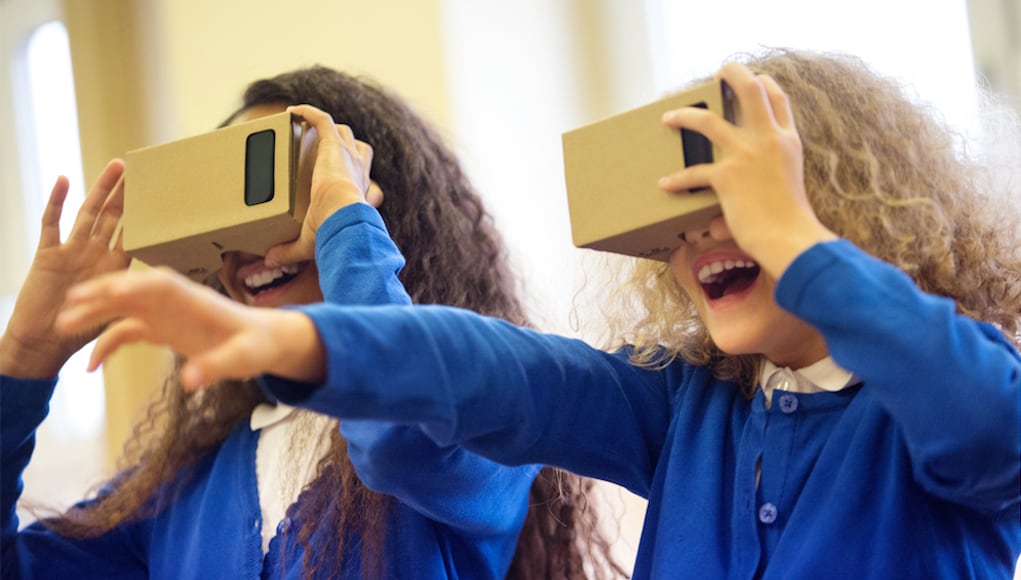The Problem Is Wasted Time, Not Screen Time

This post was originally published on Education Next, as part of a forum on screen time in school.
Are today’s students spending too much time in front of computer screens? The more important question is: are students engaged in powerful learning experiences and, whenever possible, given voice and choice in what, how, and when they learn? Digital technology can powerfully facilitate this process, if thoughtful adults deploy it wisely. Otherwise, it can be mind-numbing, or worse.
The emerging generation of educational technology has the power to accelerate learning productivity in ways we can scarcely imagine. If we can ensure that students are connected to it through the help of teachers, a natural balance between online and offline experiences will develop.
Unfortunately, the performance of digital technology in the classroom proved disappointing early on, because its rapid influx into schools coincided with another dominant trend in U.S. public education: the national push for standards and accountability. Over the past 25 years, K–12 education has been shaped by these two forces, and neither has succeeded as well as hoped.
To step back for a moment: Under the leadership of Secretary of Education Richard Riley in the 1990s and his successors, Rod Paige, Margaret Spellings, and Arne Duncan, a bipartisan drive for better and more equitable student outcomes prevailed. Standards-based reform was fed by three factors: increased expectations for learning beyond high school, which led to a focus on college readiness for all; the availability of reliable and cheap measures of student proficiency in reading and math; and the push for teacher and school accountability.
The standards movement did reap some laudable results: higher expectations for students, a commitment to equity, more measurement of student learning, and educational practices informed by data. However, the movement also had unintended consequences. Most notably, it bred a narrow focus on testing and compliance, often driving out creativity and collaboration rather than encouraging them.
The mid-1990s also saw the rise of the Internet and the first generation of mobile technology, which quickly led to more (connected) computers in the classroom. People in and out of school—at least those with broadband access—entered the anyone-can-learn-anything era. However, the first quarter century of tech-enabled learning in the schools was dampened by standards-based reforms, which not only locked in teaching to grade-level cohorts of students but also valued seat time over learning, proficiency overgrowth, and consumption over production. We learned that good teaching matters but forgot how important it is to give students agency over their own learning. Instead of encouraging innovation with the newly available tech tools, accountability systems based on narrow and dated measures tended to clamp down on new approaches. Many teachers decried the idea of “teaching to the test,” the new standards, and in turn, what they saw as the depersonalization of schooling wrought by technology. “Standards” and “technology” were often painted with the same brush.
But we have entered a new era. Today’s ed-tech offers unprecedented opportunities to improve the ways in which we educate our young people. It’s time to lean into these opportunities rather than reject them, particularly in light of five key innovations and trends…
To access the five key innovations and the rest of the article click here. And for an alternate take, see “Putting Dialogue over Devices Shapes Mind and Character,” by Daniel Scoggin.
For more, see:
- Common Sense, Science-Based Advise on Early Learners’ Screen Time
- Solving the EdTech Gap for Early Learners
- 10 Strategies for Promoting Digital Access and Equity
Stay in-the-know with all things EdTech and innovations in learning by signing up to receive the weekly Smart Update.





0 Comments
Leave a Comment
Your email address will not be published. All fields are required.